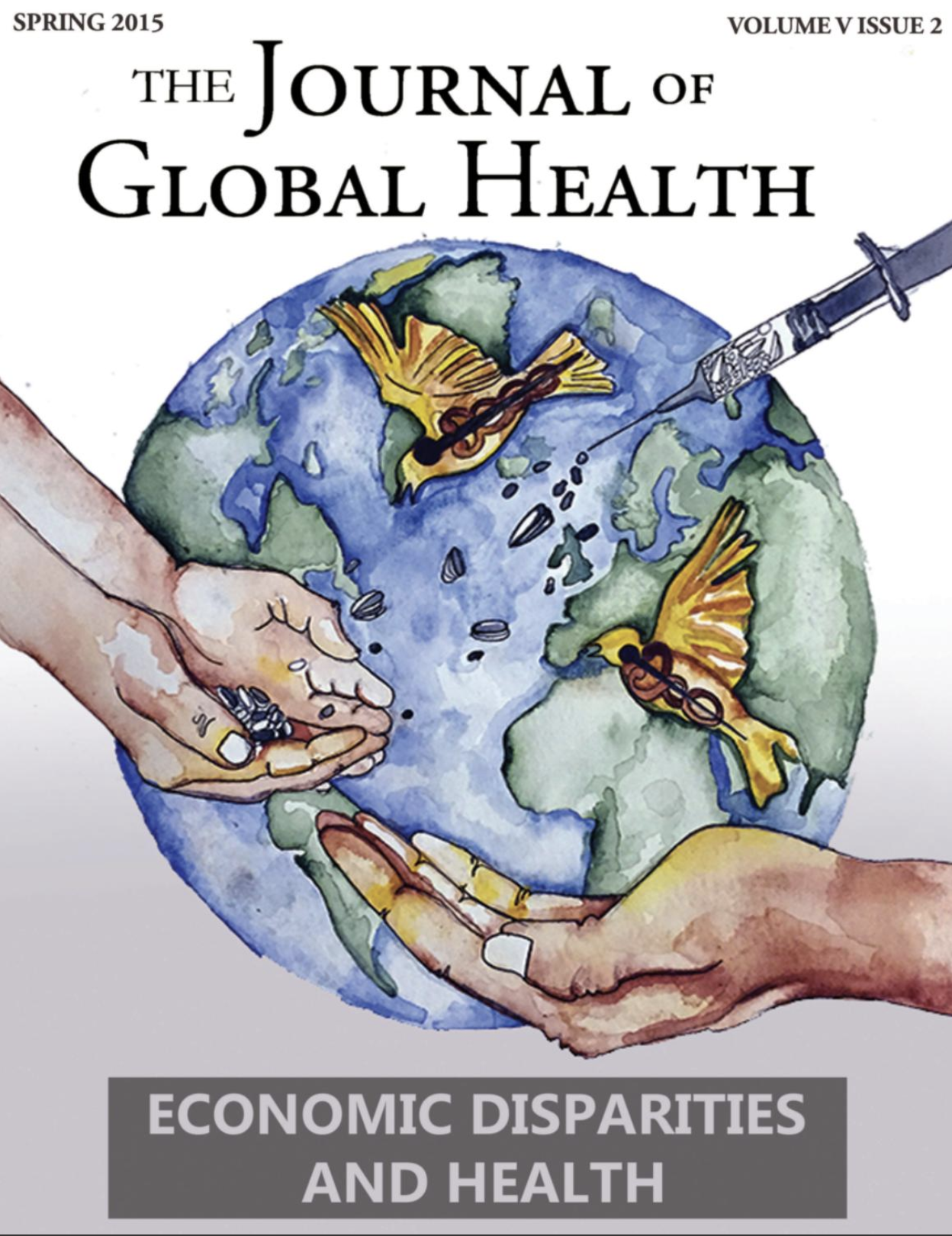Barriers to the Elimination of Lymphatic Filariasis in Sub-Saharan Africa
Main Article Content
Abstract
This paper examines barriers to the elimination of Lymphatic Filariasis (LF) in Sub-Saharan Africa. Caused predominantly by the filarial worm Wuchereria bancrofti, LF infects 120 million people worldwide, with about 40 million people showing symptoms like hydrocele, lymphedema, or elephantiasis. In 2000, the World Health Organization established the Global Program to Eliminate Lymphatic Filariasis (GPELF) with the ultimate goal of eliminating LF by 2020. However, many obstacles persist throughout Sub-Saharan Africa that will make this goal difficult to achieve. This paper relies on a range of research studies to present a comprehensive picture of the current barriers to LF elimination in Sub-Saharan Africa. Species-specific barriers include heterogeneity in the vector distribution, varying ability to pick up and transmit LF and different feeding and resting behaviors. In addition, variations in habitat and weather, urban transmission, and the impact of human behavior are general barriers that contribute to ongoing transmission.

